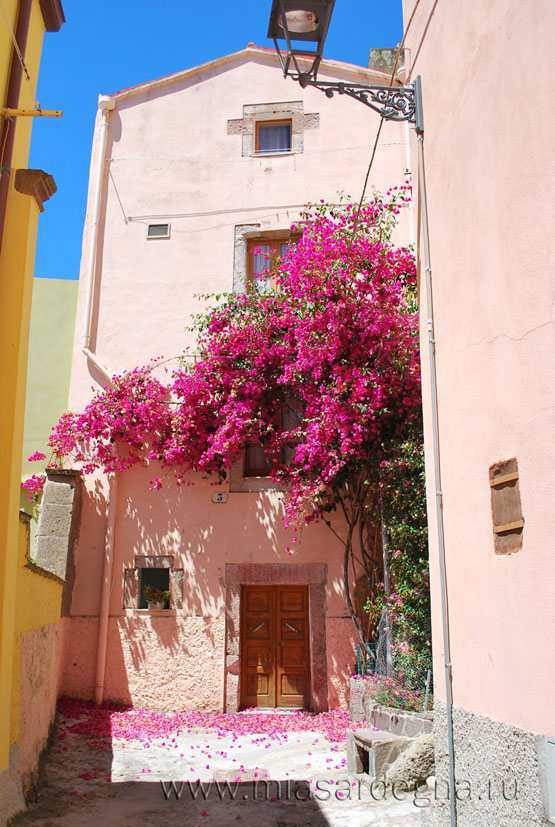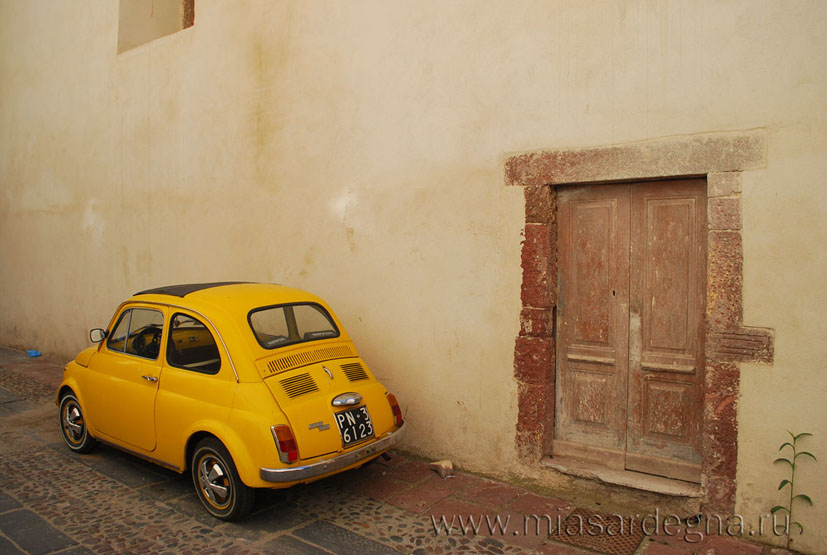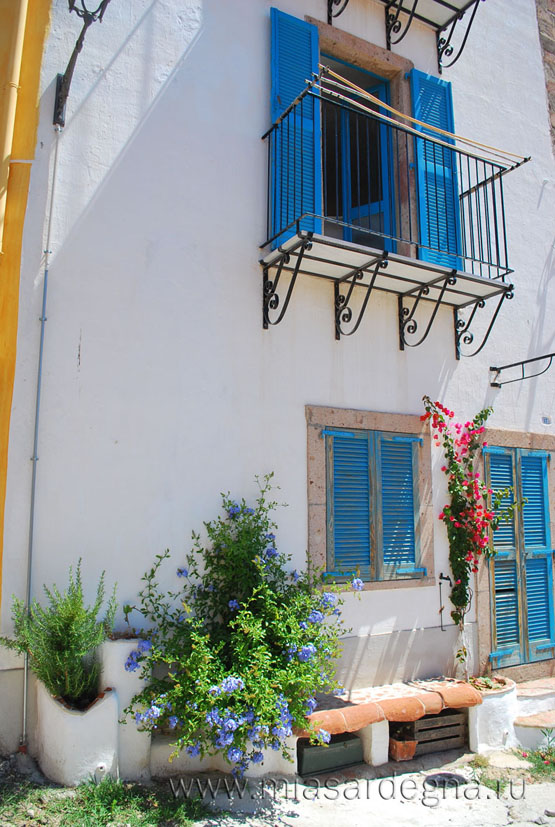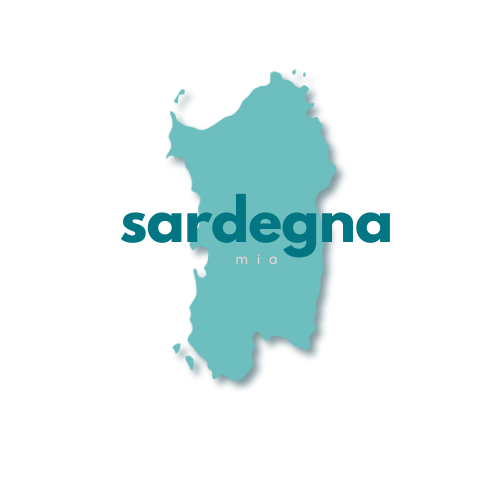A few years ago, unable to travel, I registered on the website www.postcrossing.com. By that time, I had received about 200 postcards from around the world, met their senders, and dreamed of distant travels in this way. And one day in my mailbox, I found a magnificent postcard from Italy: blue sky, white, incredibly beautiful sand, and sea... I could almost smell that sea, and my heart started racing with delight and something unknown. The postcard was from Sardinia, from a fourteen-year-old boy named Enrico.
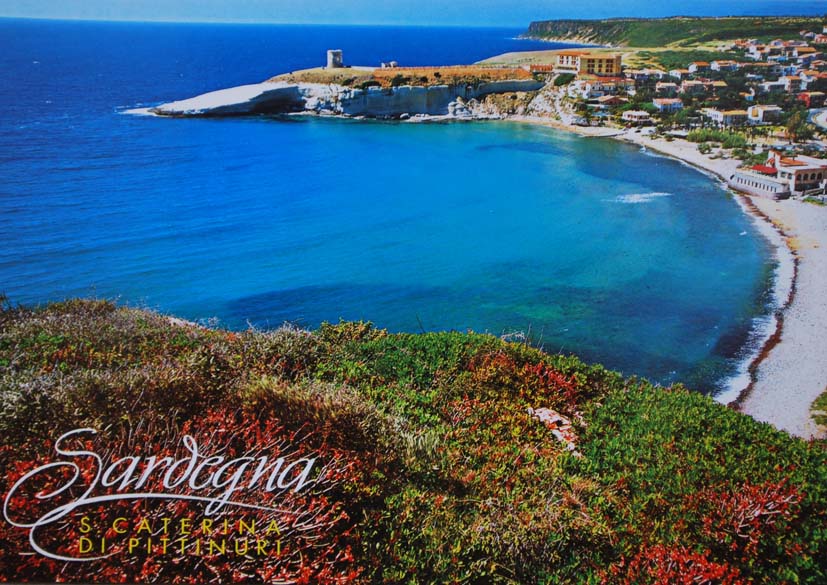
The next day I woke up with a firm desire to definitely go there. No, of course not to Enrico, but to this island that had enchanted me through a simple postcard. Until that moment, I knew only one thing about Sardinia - it's an Italian island. For some reason, the word "Italian" filled me with amazing joy, but instead of consulting a doctor, I went online. I learned that the island's name comes from the Greek "sandaliotis," meaning sandal, because the Creator first stepped on earth right here and left his eternal footprint. But Sardinia attracts visitors for other reasons: 1,850 kilometers of magnificent beaches and crystal-clear water, plus Silvio Berlusconi's residence, Russian oligarchs, and long-legged beauties. How am I worse than Silvio, I thought... and bought tickets. But since I'm not a Russian oligarch after all, the tickets were purchased from Ryanair via Finland, and the hotel was booked in the inexpensive town of Bosa on Sardinia's west coast.
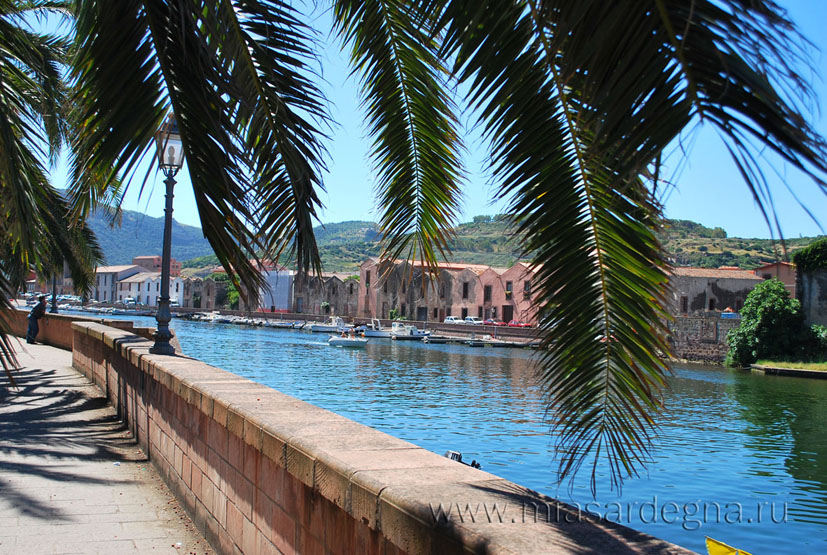
To be honest, I wasn't interested in any attractions. The entire preceding year had been one of the hardest years of my life (only now do I understand how it changed my life), but at that time, it seemed I only had energy for the beach, sun, and Italian wine. I was listlessly reading a tourist guidebook on the plane and learned that Sardinia had been passed from hand to hand for centuries, resulting in a strong mixture of cultures. Around 2000 BCE, Sardinia was inhabited by the mysterious Nuragic civilization. Then came the Phoenicians, Romans, barbarians, Visigoths, Arabs, Byzantines, Spaniards, and finally, 150 years ago, the island joined Italy. I also learned that Italians don't favor their Sardinian brethren. If the concept of the mafia originated in Sicily, then Sardinia is famous for banditry. Specifically, kidnappings followed by ransom demands. For example, in 1979, the famous Italian bard Fabrizio De André and his wife spent four months in captivity. But I learned this much later, so I wasn't afraid to travel alone at all.
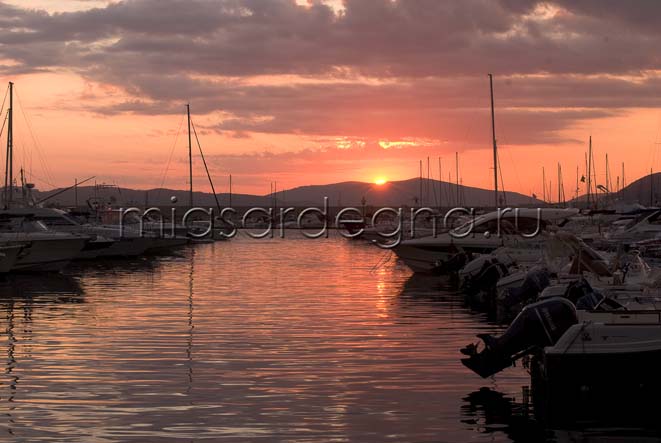
Already during landing, I felt my heart pounding with excitement. No, it wasn't adrenaline from the flight; I felt like I was an emigrant who had seen their homeland after 20 years of exile. And it was just the airport of Alghero, from which 10 planes take off a day. Now I know that getting around Sardinia without a car, if not impossible, is very, very difficult. To get from Alghero to Bosa, where I had a room booked, I waited for a bus for four hours. A taxi cost about 80 euros, so I decided to enjoy the beautiful views of the airport. The bus stood with its doors open all this time, waiting for passengers from all flights. So in four hours, we accumulated a whole three people, and at 23:15 we headed to Bosa. Bus schedules are published on the websites of all three airports in Sardinia: Alghero, Olbia, and Cagliari.
During the entire trip, only one fact was unpleasantly surprising - people here speak very poor English, or rather they only speak it in major tourist centers. Since my Italian was at the level of three swear words and some musical terms, I experienced a lack of communication. Historically, tourists have divided the island into favorite zones: Russians go to the north, where everything is expensive, but for your money, locals even learn Russian. There are many Germans and French on the west of the island, so blessed are those who speak these languages. I, however, had useless English. Out of bitter disappointment and a desire to speak, the first thing I did upon returning home was to start learning Italian. I really liked how this language sounded, and I simply couldn't pass by without mastering this beauty.
Someday I'll tell you about all the major and not-so-major cities of Sardinia because I believe each deserves its own detailed post. But here I'll at least list them. Cagliari – the capital of Sardinia with a population of 160,000 people, located in the south of the island, and in good weather, Africa can be seen from the beach. Sassari – a city in the north of the island with 130,000 inhabitants. Olbia – Founded in the 6th-4th centuries BCE. The ancient Roman port of Olbia connected Sardinia and Ostia. 56,000 inhabitants. Alghero – A medieval Spanish city with 44,000 inhabitants. Nuoro — the most mysterious and closed of Sardinia's large cities. Located in the center and high above sea level. 36,000 inhabitants. Oristano – a city on the western coast with 32,000 inhabitants.
These are perhaps the main centers of Sardinia worth visiting. But certainly not in one visit, otherwise, your vacation will turn into running around in the heat and bitter disappointment. Sardinia has very few architectural monuments and museums that mainland Italy is famous for. But the amazing and mysterious nuraghi have survived to our time — traces of a mysterious and ancient civilization. These fortresses and watchtowers, built from giant stones, have been standing here for more than 25 centuries. The mystery of the nuraghi's origin remains unsolved. Sardinia also preserves the remains of necropolises, amphitheaters, and fortresses of Pisa and Genoa.
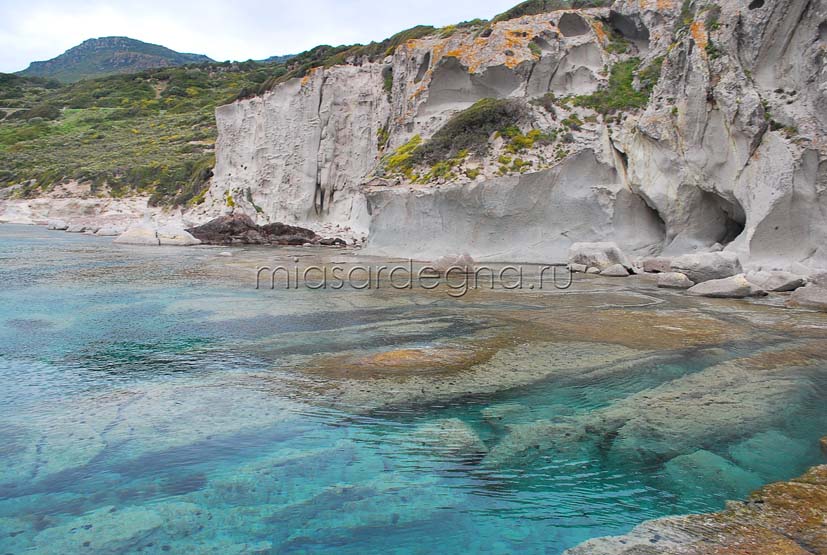
I also noticed that Sardinians are incredibly difficult to get moving. The average Sardinian needs a lifetime to travel around their native island, and many of them don't visit the beach for years. I, on the other hand, simply fell ill with Sardinia. For me, the highest pleasure is to drive in a car and turn my head in different directions, enjoying the landscape. It's amazing how quickly on such a small island of 24,090 km², one landscape changes into another.
In general, after my first visit to Sardinia, I returned home inspired and full of ideas. I not only understood but felt why there are so many creative people in Italy. Like an addict, I rushed to buy tickets back here, and over the next year visited Sardinia four times, and now — I'm here!!!
